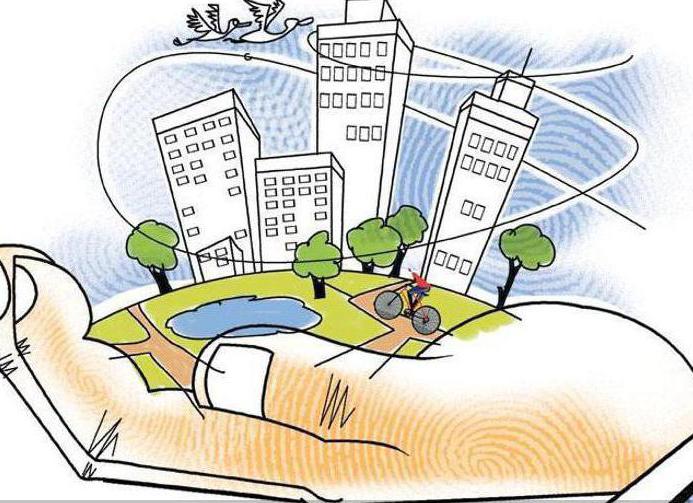Material aid, which the budgets of the constituent entities of the Russian Federation receive, helps the regions overcome the consequences of various emergencies and fulfill significant social tasks. The redistribution of cash flows, the transfer of funds for the implementation of promising projects is a practice generally accepted throughout the world.
And what is a subvention? Many identify this concept with the terms "subsidy" or "subsidy". Is it really? Let's talk in more detail about what a subvention is and what is the difference between all the above concepts.

Subventions: grounds for granting
In fact, everything is not so confusing. So what is subvention? This is the name of the funds that the state budget allocates to lower-level budgets or legal entities. Such material assistance is allocated in case of insufficient financing of a project by its own means.
Subventions can only be provided on the terms and in accordance with the decisions of local government bodies. Such a monetary “recharge” can fully cover the costs associated with a particular project, or act as and on an equity basis.
A distinctive feature of the subvention is the fact that in case of non-use of the funds provided for their intended purpose, they should be returned to the authority (budget) that provided them.
Documents and Rules
The basis for the allocation of subventions are:
- Relevant laws and regulations;
- decisions of local authorities;
- various targeted programs.
Budget subventions provided for by legislative acts are allocated in the event that an unplanned or excessive cost arises from a lower authority (budget).
If such costs are identified for business entities (legal entities), decisions on the allocation of money are made by local authorities.
The target program is a whole list of activities aimed at achieving a specific goal. Depending on the task, the programs can be:
- scientific and technical;
- environmental;
- social;
- foreign economic;
- production and technical.
Today, the last two are the most popular.
Recipients of subventions are legal entities or subordinate budgets of constituent entities of the Russian Federation.
Subventions and subsidies: differences and similarities
The concept of subsidies, although similar to the previous one, still has some differences. First of all, it is worth noting that a grant is called irrevocable assistance, which can be provided to both legal entities and individuals. It can be expressed both in monetary terms and in kind.
All subsidies can be divided into 2 groups:
- direct;
- indirect.
The first are issued at the expense of the state budget and are investments in the most significant sectors of the economy, the development of R&D.
The second are the means of monetary and tax policy. These include:
- deposit insurance;
- payment of compensation for the sale of certain goods at low prices;
- preferential and export lending;
- accelerated depreciation;
- preferential taxation;
- another.
To better and more clearly demonstrate the difference between the concepts, let's make a small table.
| Subvention | Subsidy | |
| Refunds | To be returned if not used for its intended purpose | No need to return |
| Form of issue | Only money | Anything (money, things, products, equipment) |
| To whom is issued | Lower level budget, legal entities | The same + individuals |
| Taxation | Is not a subject to a tax | Is not a subject to a tax |
| Intended use | Required | Not necessary |
| Target Use Control | Uncomplicated and required | It can only be selective due to a very wide range of recipients |
| Investment size | Can fully cover the required amount of funds | It is allocated only on terms of co-financing. |
Grants and subventions: what is common and what is wrong
Donated funds also do not require a refund, and their use is not particularly controlled. Economic structures rarely use this form of financing. It can be a variety of donations to certain funds (organizations). Subsidies, as a rule, have social goals. Ordinary citizens can be allocated both by various organizations and state structures.
The most developed countries are able to subsidize entire sectors of the economy. This may be, for example, basic science, agribusiness, space research, and others. Subsidy is understood as a kind of surcharge to existing funds. For example:
- subsidy from the state to unprofitable enterprises that are on the path of bankruptcy;
- subsidy to the employee of the enterprise to pay for a sanatorium-resort voucher.
This type of cash assistance does not have a specific purpose and most of all resembles financial assistance for current needs.
What can I spend a subvention on?
So, what is a subvention, you already understood. And what can such funds be spent on?
The most popular are subventions for social needs:
- temporary or one-time payment to low-income children with disabilities;
- payment of state aid to orphans and parents deprived of guardianship;
- overhaul of courtyard driveways;
- providing hospitals and outpatient facilities with medical equipment and supplies;
- repair in preschool institutions, the purchase of sports equipment;
- many other programs.






